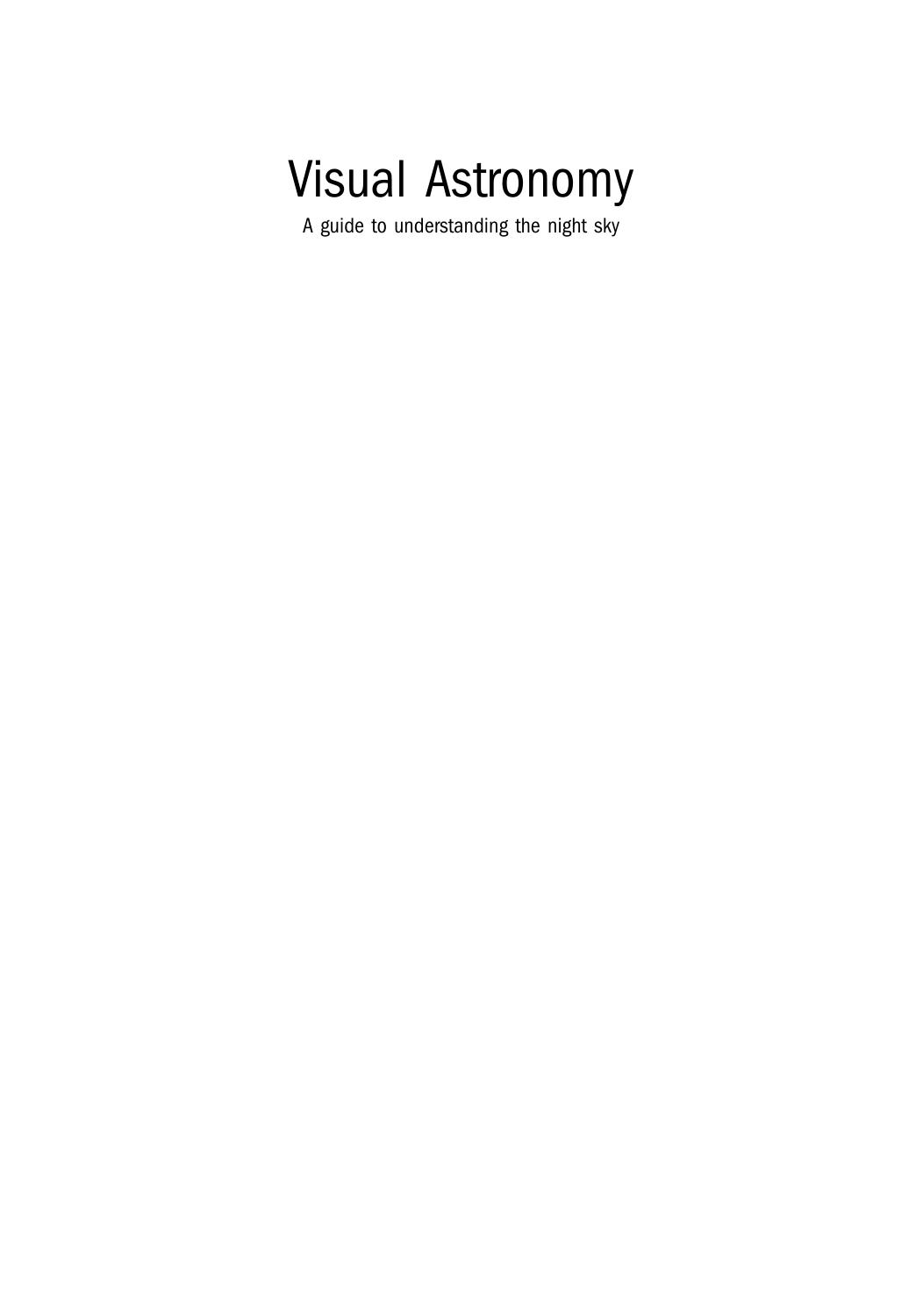

Most ebook files are in PDF format, so you can easily read them using various software such as Foxit Reader or directly on the Google Chrome browser.
Some ebook files are released by publishers in other formats such as .awz, .mobi, .epub, .fb2, etc. You may need to install specific software to read these formats on mobile/PC, such as Calibre.
Please read the tutorial at this link: https://ebookbell.com/faq
We offer FREE conversion to the popular formats you request; however, this may take some time. Therefore, right after payment, please email us, and we will try to provide the service as quickly as possible.
For some exceptional file formats or broken links (if any), please refrain from opening any disputes. Instead, email us first, and we will try to assist within a maximum of 6 hours.
EbookBell Team

5.0
100 reviewsVisual Astronomy introduces the basics of observational astronomy, a fundamentally limitless opportunity to learn about the universe with your unaided eyes or with tools such as binoculars, telescopes, or cameras. The book explains the essentials of time and coordinate systems and their use in basic observations of the night sky. Readers will learn how to use widely accessible resources to determine what is visible (and when it is visible) from their particular location. Distinct attention is paid to the dependence of the appearance and motion on the observer’s location, by extending the discussion to include various latitudes in both the Northern and Southern Hemispheres.
This approach provides a better understanding of the night sky and makes the material more interesting and relevant around the world, not just in North America. You don’t need any mathematical skill or technical knowledge to quickly grasp the concepts of basic astronomy, nor do you need expensive equipment to look up at the night sky and understand what you see. If you do have or can access a telescope, Visual Astronomy will teach you the fundamentals of its use and how to get the best views possible.
Links to major telescope facilities around the world; current and past space missions; links to free sky simulation applications; and ideas for observation projects make this an excellent learning tool for the new hobbyist or for teachers who wish to show their students why visual astronomy is a lifetime love for millions.